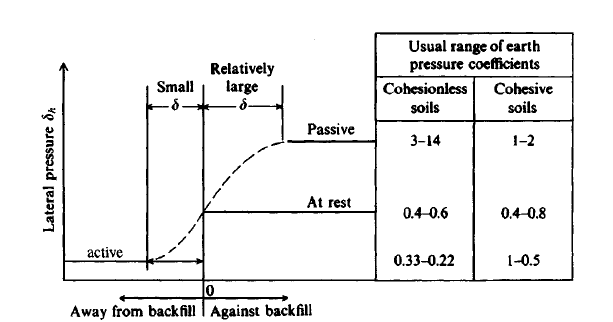BAGW
Structural
- Jul 15, 2015
- 392
Hi,
When checking the foundation for sliding under shear force, can I rely on both skin friction and passive resistance from the soil?
Thanks
When checking the foundation for sliding under shear force, can I rely on both skin friction and passive resistance from the soil?
Thanks

